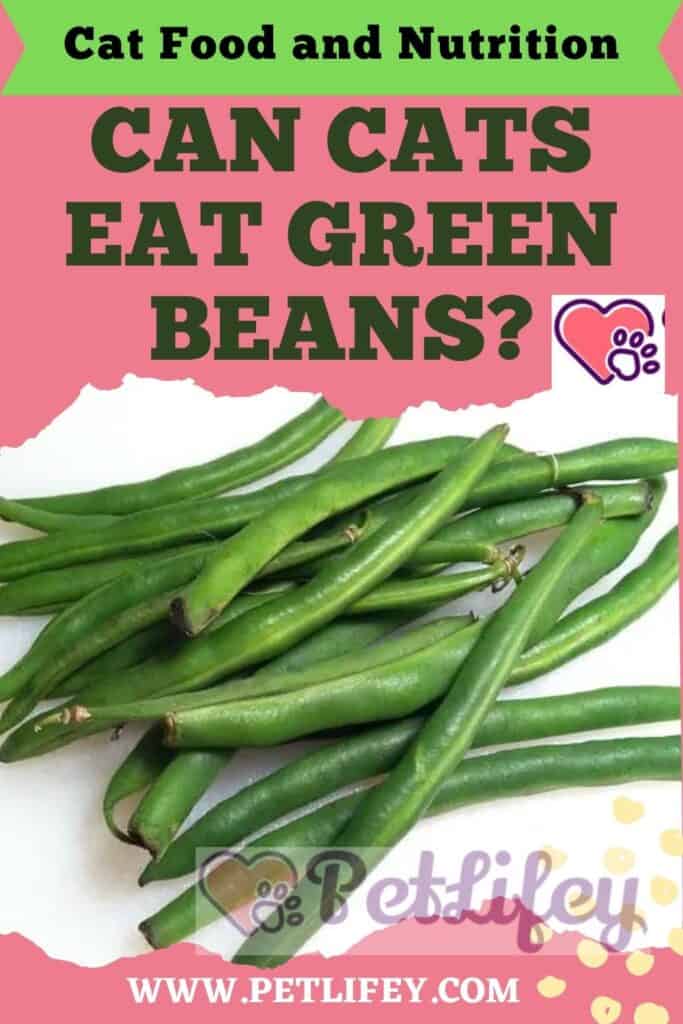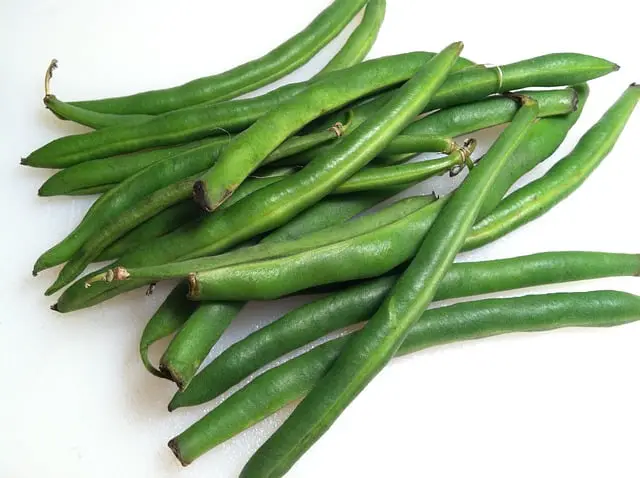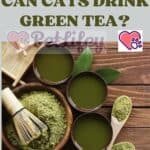
Can cats eat green beans? What are the benefits or risks of this vegetable? Let’s find out together in this article.
In each food category there are products that may or may not be suitable for our cat’s diet.
In this article, in particular, we will answer the following question: can the cat eat green beans?
What are the advantages or disadvantages of consuming this vegetable? What do the experts suggest regarding the consumption of this food?
Can cats eat green beans?

We know how difficult it can be to resist the languid eyes of our four-legged friend, who knows how to take pity, during the time of our meals.
Even though hers has just been served in her bowl, in no time we will hear Fuffy arrive under our table. There he is ready there staring at us and meowing to get what we are about to eat.
Although this attitude belongs more to the dog, there are many cats who never miss an opportunity to do it in the same way. Therefore we often find ourselves in doubt whether or not to share food with our pet.
In particular, the question we ask ourselves today is whether the cat can eat green beans. The answer is Yes. Cats generally love to eat green beans.
This vegetable is low-calorie, contains a lot of water, fiber and vitamins, such as: vitamin A, vitamin C, potassium, iron and phosphorus.
They are also a vegetable source of calcium and antioxidants, such as beta-carotene and lutein. Antioxidants help the body protect itself from the action of free radicals and repair vision and skin from premature aging.
They are a source of silicon, a mineral considered very important for bone health and for the formation of connective tissue.
So even though cats are carnivorous animals, they need the nutrients found in vegetables.
Normally, the cat would have assimilated them from the prey it would have hunted outside. However, if your cat is at home and cannot hunt, then the ideal is to offer him some vegetables, including green beans.
The benefits of vegetables for cats
As we mentioned before, the cat is a carnivorous animal, however it needs a varied diet that includes lipids, proteins, minerals, vitamins and water and this translates into fruit but above all vegetables.
This is because over the years, the cat that was born as wild has become domestic, managing to adapt to a rather different diet, but still remaining faithful to the original one.
Of course, this style of feeding should be administered right after the cat is weaned, so as not to create grastrointestinal problems in the animal.
In this article, in particular, we will find out which benefits vegetables are able to bring to the cat’s diet.
The benefits that vegetables can bring to the animal’s body are:
- proper functioning of the gastrointestinal tract;
- promote its hydration capacity;
- the transit speed of food and the functionality of the digestive tract.
Despite this, we must not forget that vegetables can be, indeed they must only be an addition to the cat’s diet or and above all be aware that not all vegetables are suitable for our pet.
In fact, there are some vegetables that are toxic to cats, which is why they should be absolutely avoided. They are:
- onion, garlic, leeks, shallots;
- green tomatoes;
- raw or sour potatoes.
The vegetables that the cat can eat instead are:
- asparagus;
- cucumbers;
- carrots;
- beets;
- peas;
- zucchini;
- green beans;
- lettuce;
- broccoli;
- beet.
Risks
Regarding the risks, it is important not to overdo the doses and it is always good to administer them well cooked. Although they contain vitamins, minerals and many benefits, abuse or excess can cause diarrhea in cats.
If you’re buying canned green beans, it’s important to make sure they don’t contain a lot of sodium. As we all know, salt causes kidney and circulatory problems in cats.






